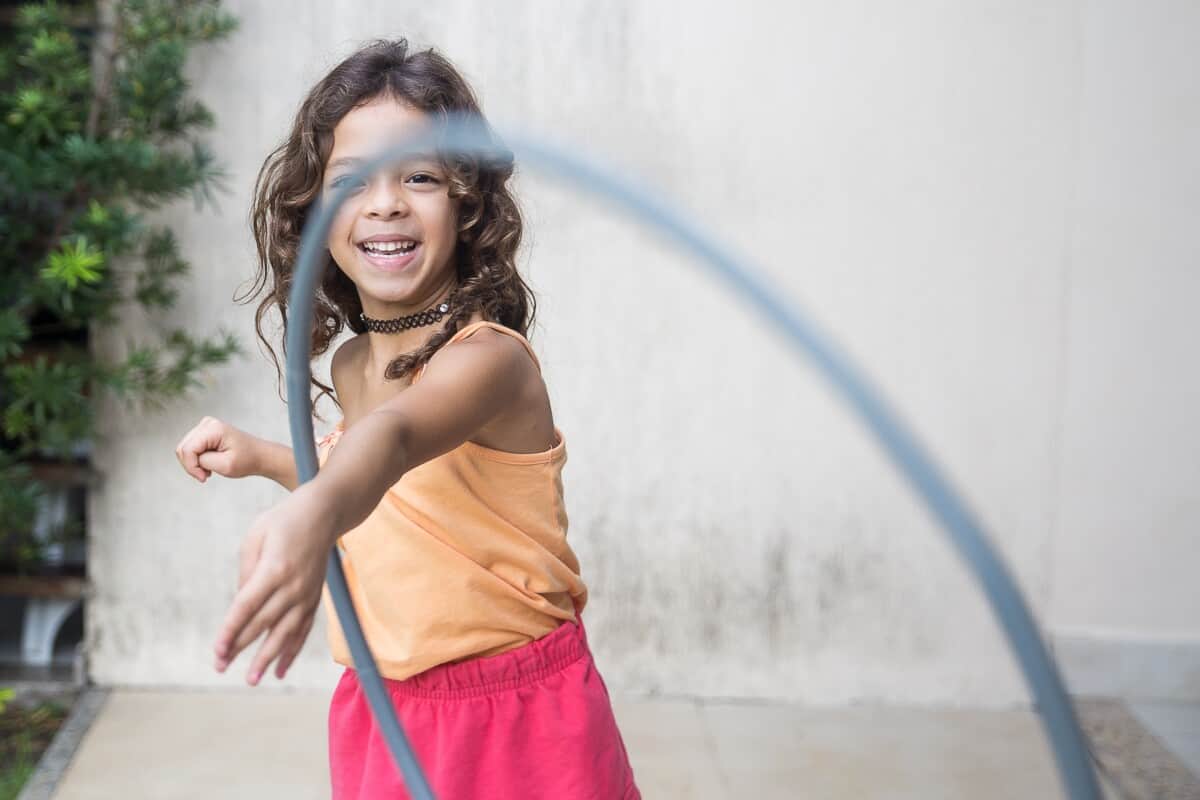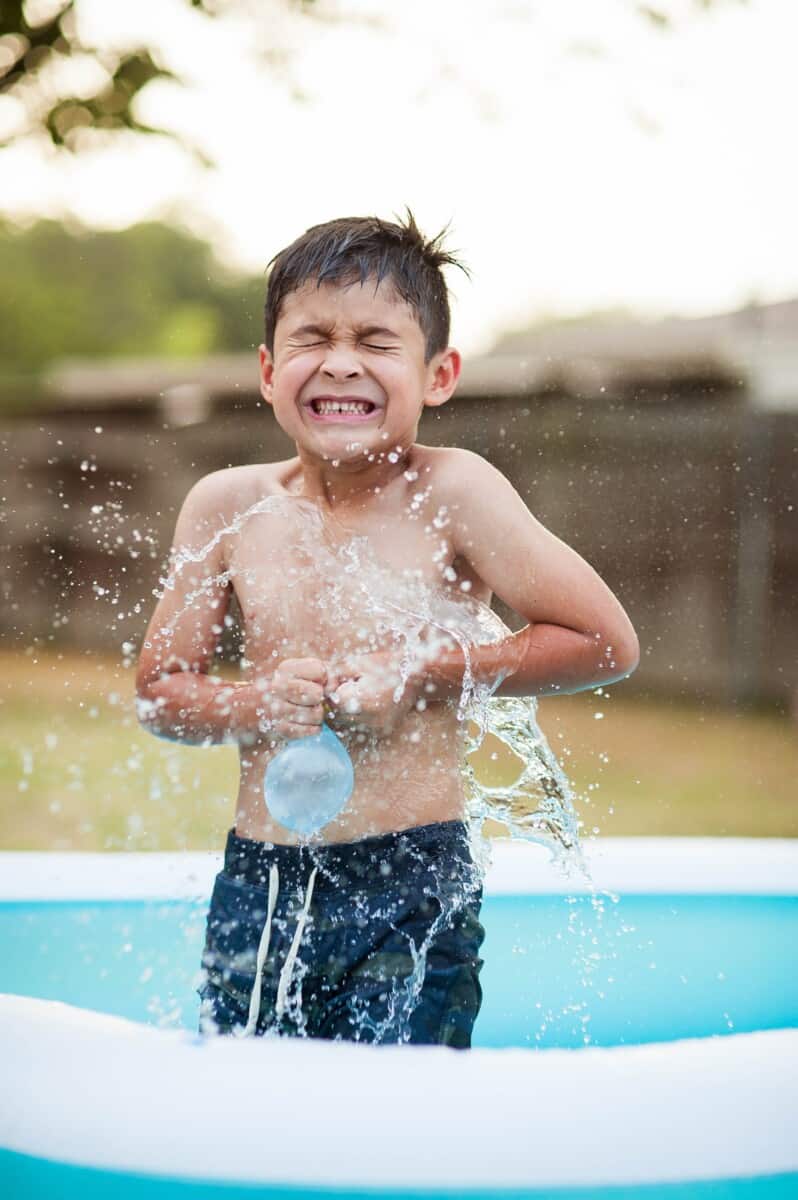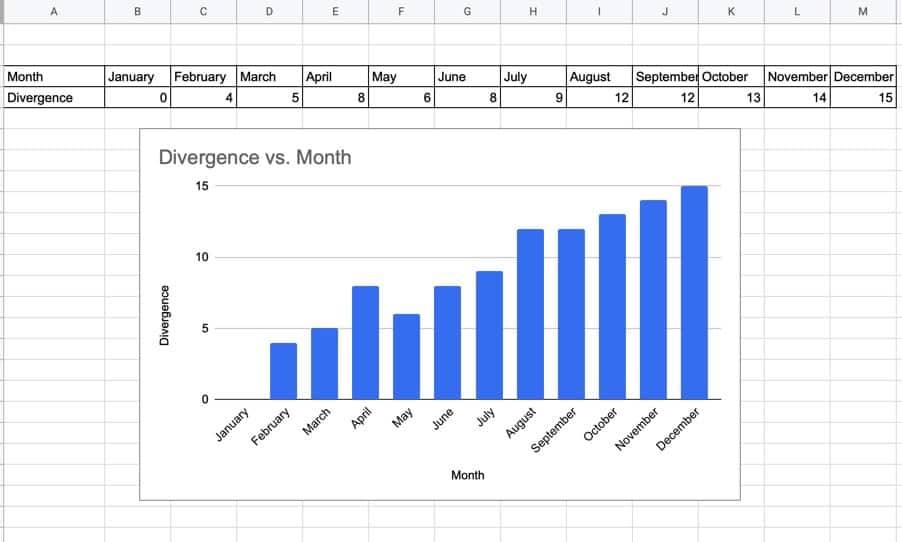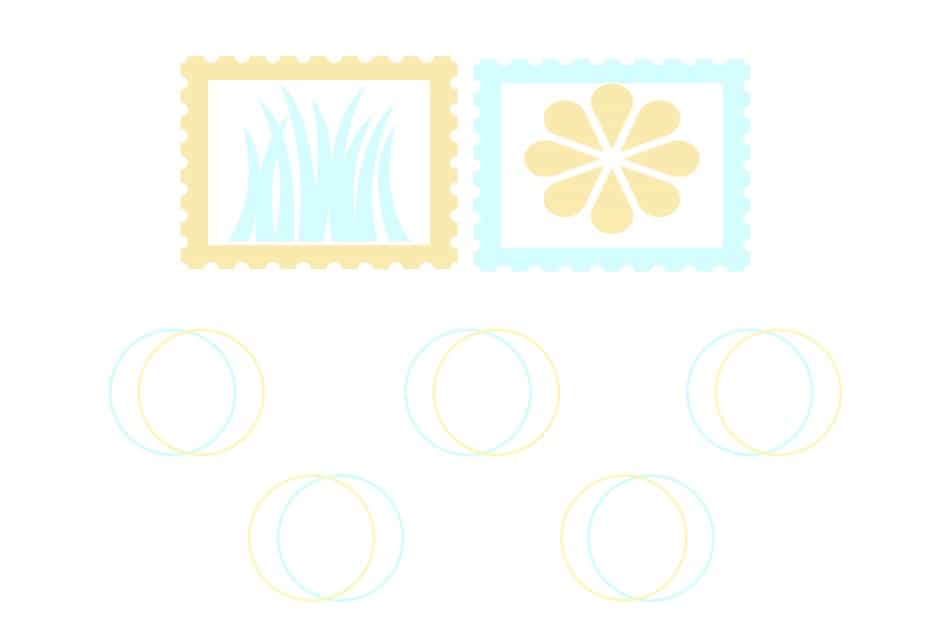Vision therapy is an amazing journey, but it can take years, especially if you have a complicated diagnosis like strabismus or amblyopia. Keeping myself motivated has been hard, but motivating my son has been even more difficult.
As a teacher and mom of four, I have a knack for taking mundane tasks and making them fun. Here are my best hacks for making the vision therapy journey more fun!
- Ask “How can I make this more fun?”
- Do Exercises Together
- Mix it Up
- Make It Silly
- Let Kids Create Exercises
- 6. Track and Display Progress
- Use Rewards, Bribery, and Threats
- Incorporate Music
As the parent, you will know exactly what to try to make it more engaging for your child, but hopefully these ideas will get those cogs turning.
Be sure to subscribe to my weekly emails for more tips on improving your vision. And if you would like to schedule a call with me, sign up here.
1. Ask “How Can I Make This More Fun”

It is easy to approach therapy with dread. We’ve all been there.
When you feel the dread creeping in, ask yourself, “how can I make this more fun.” You will be amazed as your brain starts working on solving for this problem instead of looking for evidence that vision therapy is something to dread.
Every eye exercise can be accomplished in multiple ways and adjustments that still accomplish the same end goal will make it so much more engaging!
2. Do Exercises Together

If you want exercises to be done effectively, work with your child one-on-one during their dedicated therapy time.
They will cut corners and progress much more slowly if they are left to their own devices, unless you have a rare unicorn child.
Your presence makes it more fun, engaging and effective.
Since vision problems and therapy can feel isolating, adding in exercises to daily life with you or the whole family is even better.
- Watch 3D movies together.
- Play vision building games like Spot It, Set, Eye Found It, Mental Blox, and Buildzi
- Go for walks and admire trees, plants, and clouds, describing the amazingness of 3D.
- Go outside and play baseball, pickle ball, or beanbag toss as a family.
With each of these activities, help your child focus on using good visual skills like keeping peripheral vision open, tracking the ball or beanbag, and using memorization and visualization to be more successful.
Talk out loud about the strategies you use that help you be more successful.
You can also add patching, yoked prism or red/green glasses to many activities, but check with your optometrist first.
3. Mix It Up

Repeating the same exercises for days, weeks, and months can become so mundane. Make simple adjustments that will keep things interesting.
- Change locations, inside/outside, upstairs/downstairs
- For window exercises, use different windows
- Let them choose different tones for the metronome exercises, there are a ton!
- Instead of always tossing a beanbag, switch to a ball, stuffed animal, water balloon, or even an egg (outside!).
- Never use a boring pencil for tracking and saccades! There are a billion options, pick something new each time.
- Use fun, colorful pens to mark off the homework sheet. This one works great for adults too.
4. Make it Silly
Kids love to laugh and have fun. When they are laughing, their visual system will relax and new pathways will be formed more easily!
Use what you know about your child to creatively adjust their home exercises to make them more fun. Here are a few of my ideas that I’d use with my kids, but it will depend on the specific activities you have been assigned, these will help get your own creativity flowing.
- Print out pictures of their celebrity crush, favorite cartoon or food items and tape them to popsicle sticks. “Look at JTT, now at Brad Pitt, now JTT. Don’t forget to always keep Brad in your peripheral!” I can just hear the eyes rolling, but also it makes it more fun for everyone. Be a dork!
- Use similar pictures and tape them to the windows in a circle instead of post-it notes that are commonly used for peripheral exercises. Then call out the names for them to reach out and touch or whatever the exercise is. You can tailor and adjust any exercise to your child’s interests.
- Use whiteboard markers on a window or mirror instead of a whiteboard, for chalkboard circles.
- Draw a mustache on the mirror with a whiteboard marker that lines up with your child’s face. While they are doing an exercise, trying to keep their head still and only move their eyes, they can keep the mustache lined up while looking around the room.
5. Let Kids Create Their Own Exercises
Many vision therapy exercises are very simple to make and making your own is SO effective.
There are a few different kinds you can make to use with red/green or red/blue glasses like these that I have made, but you can also make your own.
- Make word shape puzzles with this downloadable font.
- Make a word document come to life by creating a 3D effect with the right colors and placement. View the tutorial here.
Even a child as young as 4 or 5 could play with making their own exercises and it will be 10x more engaging if they do. The younger ones would obviously need more help.
An older child could create an entire PDF and if it’s good enough, they could sell it to me! Email me at melissa@strabismussolutions.com
Creating my own exercises has been SO effective in my therapy. I can create them in a way that makes sense for me. It does take time and includes lots of adjustments, but all of that is great therapy in and of itself.
6. Track and Display Progress

The progress in vision therapy is very very slow and sometimes it feels like you aren’t moving at all, for this reason it is so important to track progress!
Keeping a journal describing what it is like to do certain exercises is SO fun to look back on when I’m feeling like I’m not getting anywhere. It is so motivating.
Write down, in detail, what you see when using the gem, doing the brockstring, or red/green glasses activities at the beginning, and then every few months throughout the process.
Make note of special prisms, or lenses you need to do the exercises and distances where you are successful and not.
In your initial consult, your optometrist will let you know your child’s levels and the “normal” ranges. Make charts showing the progress over several months. This is a powerful way to see progress, especially if your child likes number and graphs like I do.
You can make a simple excel spreadsheet that you put information into and then see a bar graph of the data. Depending on the person, this can make it more fun! My son thought this was lame and boring, but for me, it was insanely motivating.
7. Use Rewards, Bribery, and Threats

Staying motivated is challenging, bribery can go a looooong way for both you and your child. Some rewards we’ve used are:
For my Child:
- If he completes VT for 5 days he gets _____ (ice cream cone, time on my VR, a later bedtime, movie night, etc)
- If therapy is done in the morning it’s 3-4 minutes per exercise, but 5-6 per exercise in the evening.
- After completing 25 home exercise sessions we went on a date to the climbing gym.
- For each completed exercise that was done correctly he got a chocolate chip.
- No screen time until VT is finished
We tried different systems at different times until we found what worked, but compliance is a really amazing way to make much quicker progress.
For Me:
- If I help my child with therapy daily for a week I get a bubble bath and Netflix.
- Each time I want to think that VT is the worst and so hard and instead I think, “How can we make this more fun,” I tell myself, “Thank you, Melissa, good job, you have earned a gold star.” Gold stars have no monetary value, but I still enjoy awarding them to myself on a regular basis.
- When I (for my own therapy) reach “X” goal, I buy a new 3D movie, vision therapy exercise, or book.
8. Incorporate Music

Music is inspiring, magical, emotional, relaxing, and fun.
There are so many ways to use music in VT, pick the ones that match you and your child.
- Do exercises to the beat of a favorite song. If your child has been asked to use a metronome you can even search for a song that has the right bpm (beats per minute). I know 60 bpms is a popular one for VT so finding one at 120 bpm and just going every other beat works well.
- For little ones you can have music play and then pause it and “freeze” and do the exercise until the music comes back on.
- Use 8D music with over-ear headphones to practice visualization.
- Use yoga music to practice breathing and relaxation of the eyes and face.
Use your creativity and relationship with your child to make vision therapy an effective and fun experience for both of you.
It is hard work, but you can do hard things and you want to teach your child to do hard things too. It will take positivity, modeling and so much practice.
When things go poorly, just learn from it and move on. Everyone experiences rough days.
Good luck my friend, you can do this!

